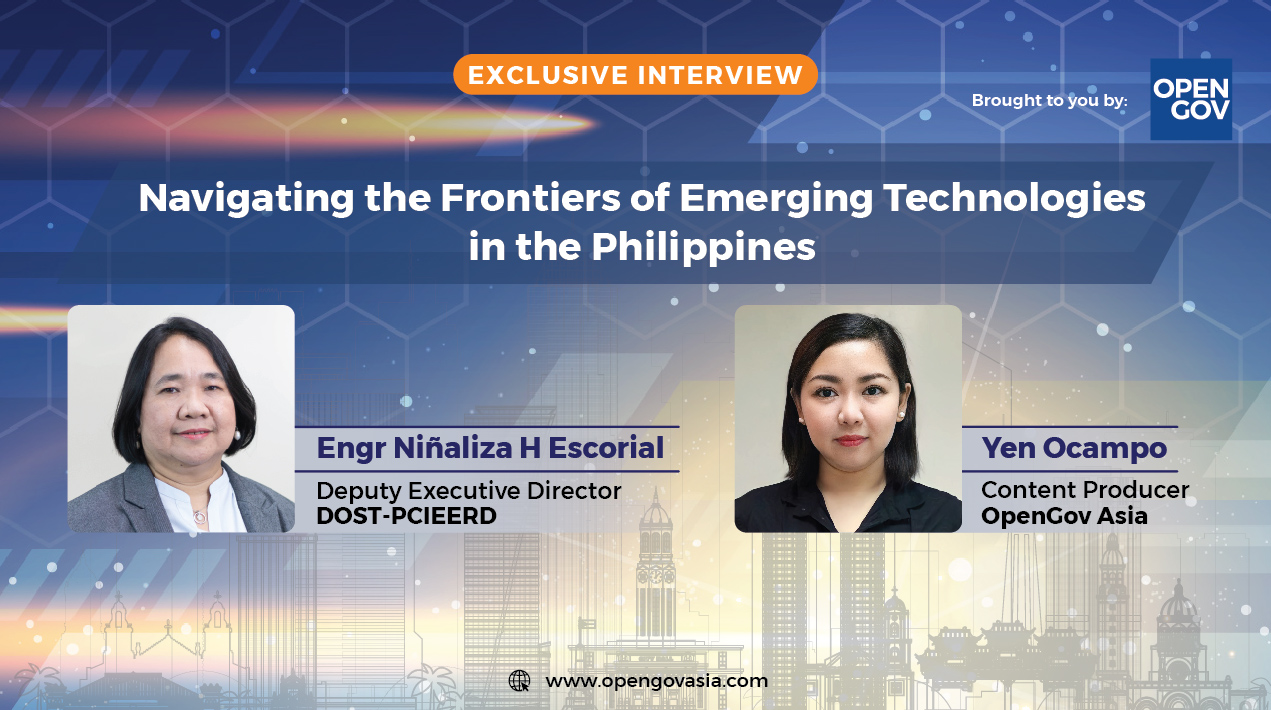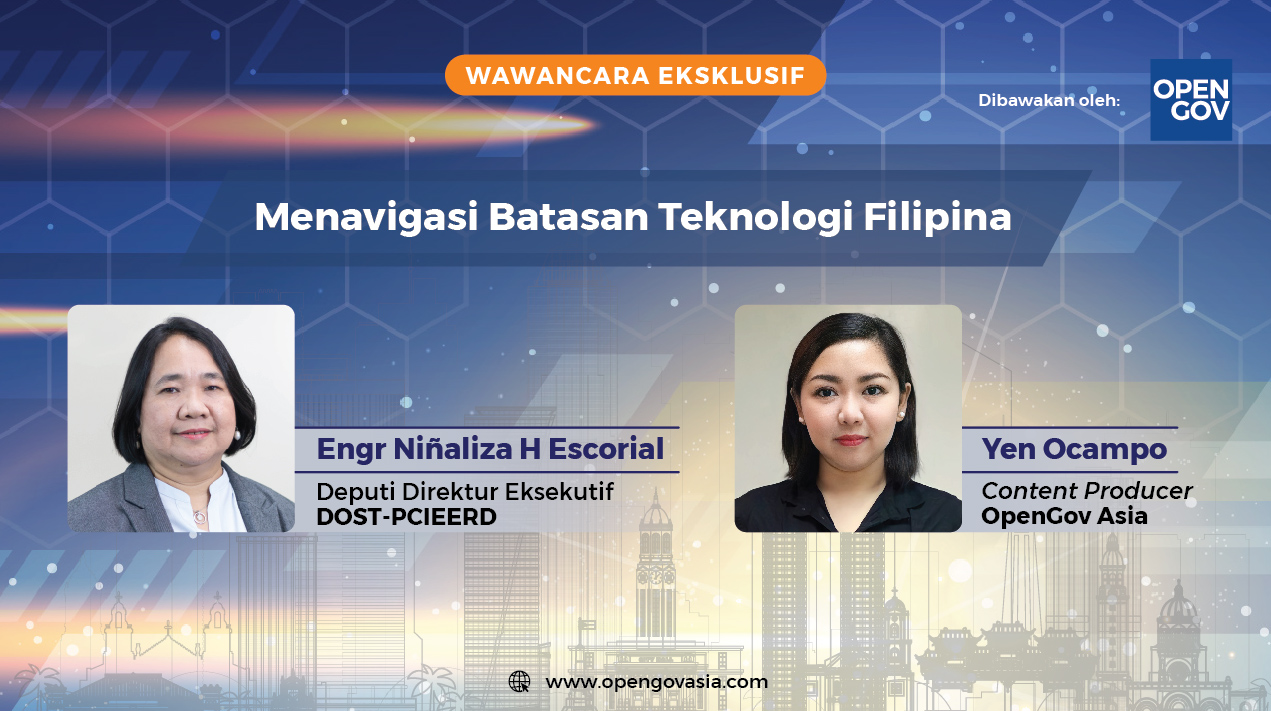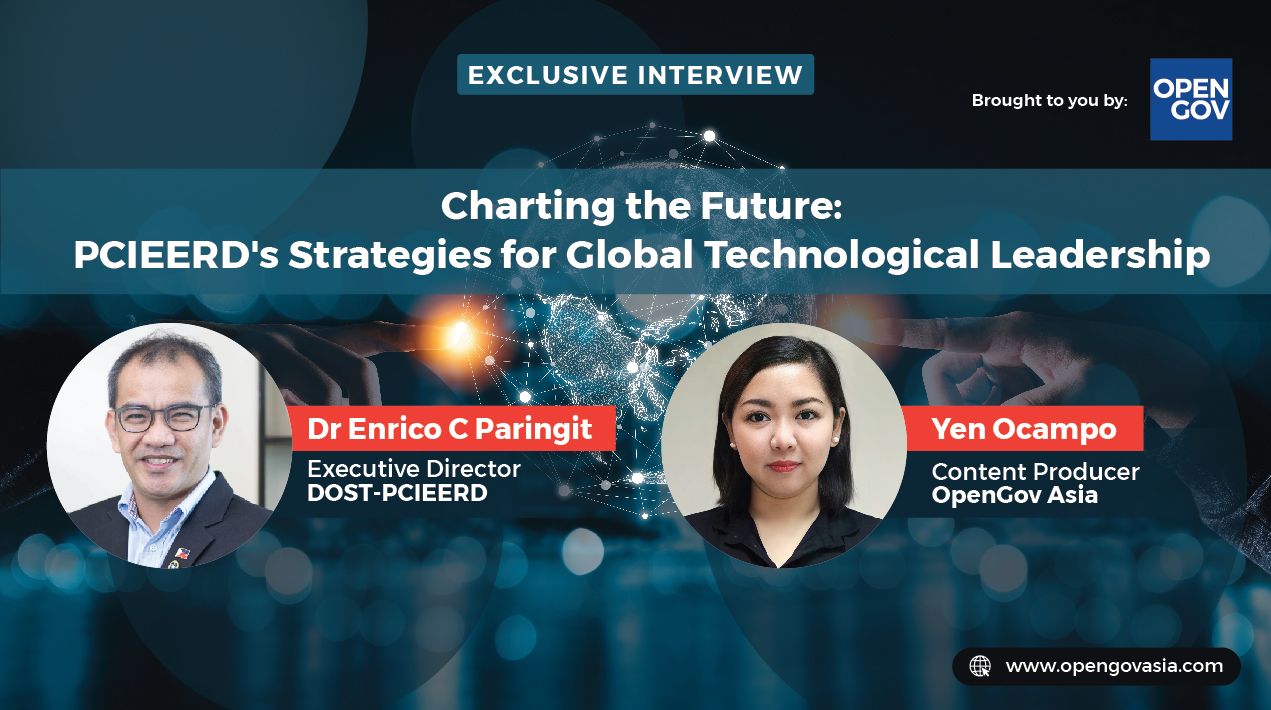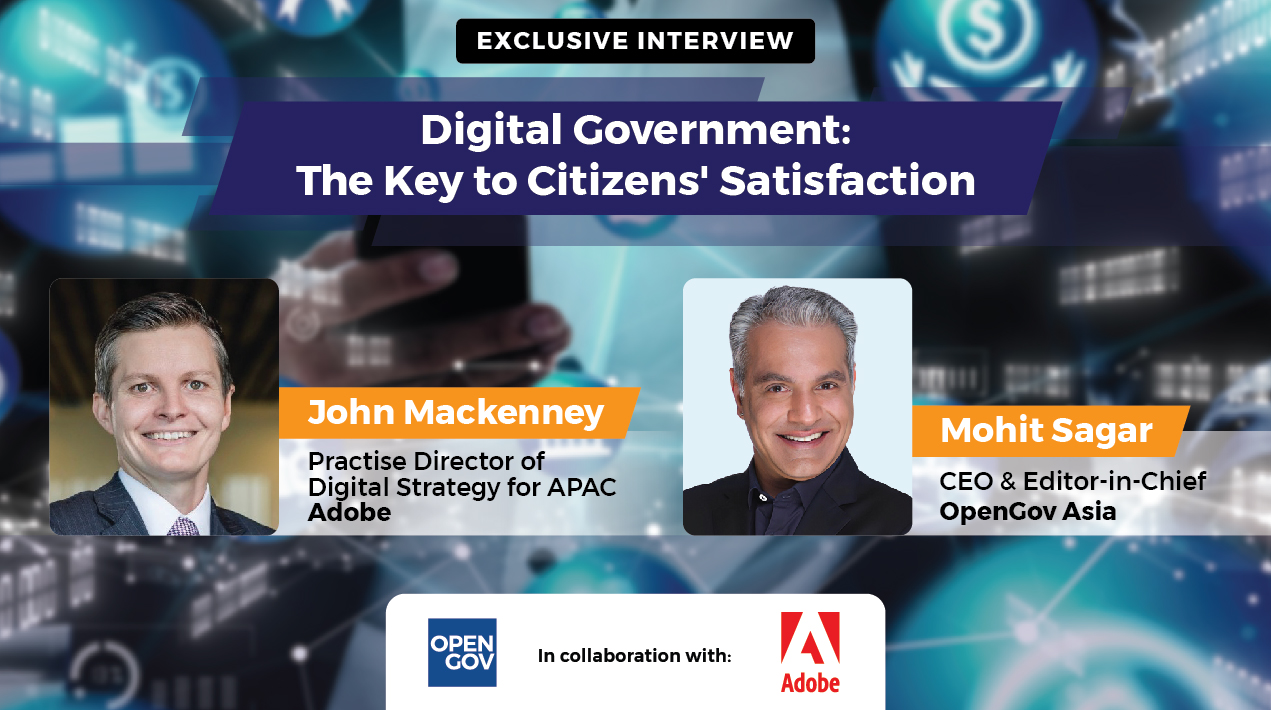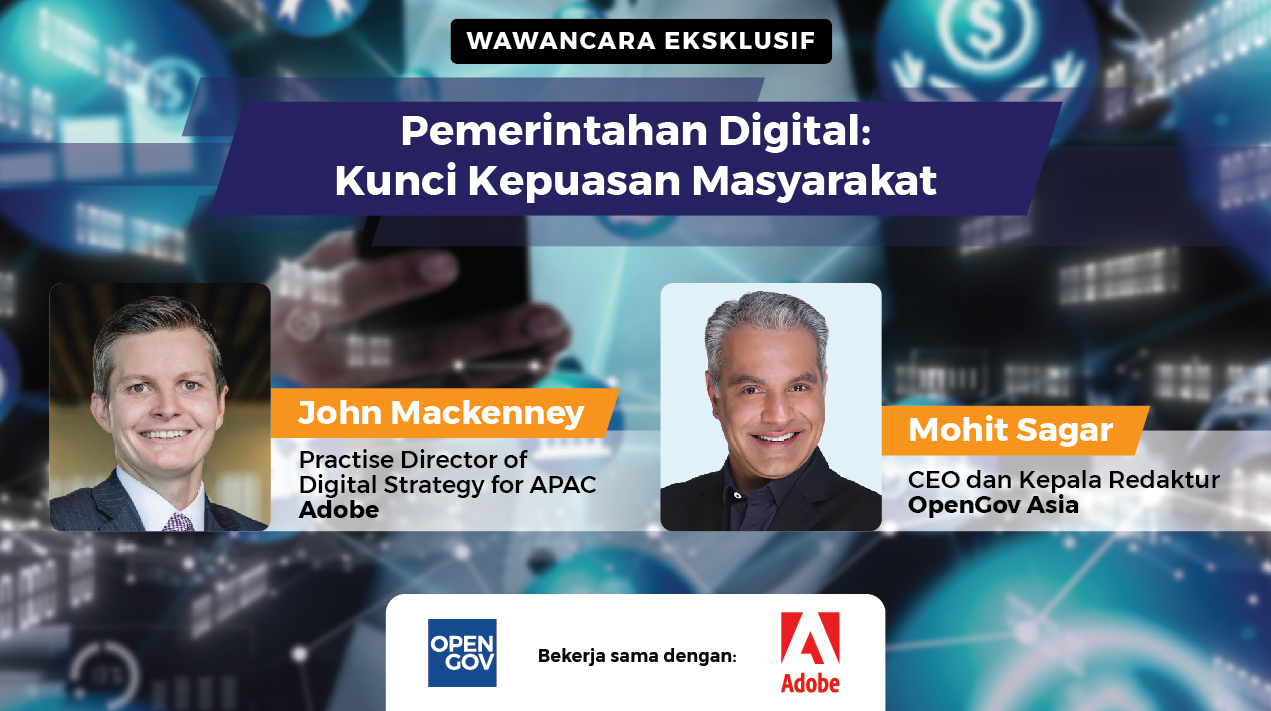
OpenGov spoke to Rowan Dollar, CIO, Dept of Primary Industry & Fisheries, Dept of Mines & Energy, Northern Territory Government, who shared his insights and challenges about his role
Tell me briefly about your role as CIO at the Dept of Primary Industry and Fisheries, and if you can, the second part, Dept of Mines and Energy, please.
I’m the CIO (Chief Information Officer) at the Dept of Primary Industry and Fisheries. That involves, like many other CIOs, being the Head of IT. The role here though is different, as I’m not only the Head of IT but also the Head of Information Management. We do traditional IT, Freedom of Information requests and records management. That all comes under my purview and area of responsibility.
The department is focused on innovation, flexibility, client service and continuous improvement. We strive for the right balance of research, development and regulation to underpin the profitable and sustainable growth of the Northern Territory’s primary industry and fisheries. As a result, this gives me research farms to support from one end of the Territory, literally, to the other.
This brings some challenges into sharp focus because we have distance, we have remote operating teams, and often some of the teams are hours or days away from the nearest town and live out there. Not only do we want to give them the assistance they require to work effectively but also we need to work on their mental health challenges. Access to Facebook, Internet and being able to watch YouTube, while they are out there on the remote site is important. Mobility and connectivity is my focus for the time being.
There are some real technology and technology delivery challenges we get to face every day. On top of that, there’s a lot of research being done into all sorts of things: from grass rejuvenation after a fire to fishery stocking, where the barramundi goes after they are caught and tagged in the harbour, where do they disappear to, what are they feeding on, how much weight do they put on, can we sustainably farm them? Biosecurity is a huge issue too.
How do we innovate there, how do we do things better? How do we use technology such as drones, automation of systems such as self-filling bores? How do we then take that intelligence and apply it? I think we then also start talking about big data analytics, the Internet of things and all about the application of that. The applications to primary industry of big data analytics in everything from breeding of cattle and genetics right across to growing greener grass and having cleaner water, cleaner soil in a sustainable way.
It’s really having a large portfolio of activity and that’s just on the earth. As you know, I have a responsibility for the Dept of Mines and Energy and that’s about what’s underneath the ground.
When it comes to the Dept of Mines and Energy, are the challenges similar to the Dept of Primary Industries and Fisheries?
It’s very hard to compare the two departments. The two departments are very different in culture and client outcomes.
The mining and energy industries are very important to the Territory. Mining and petroleum operations contribute more than 20% of the Territory’s Gross State Product. These operations and activities are critical to the Territory’s development, particularly in regional areas. The Department of Mines and Energy regulates the mining and petroleum industries, including inspecting and auditing sites on a regular basis. The department is also responsible for the NT Geological Survey, which provides high-quality geoscientific information to the mining and petroleum industries, and also supports investment attraction into Territory projects. NTGS is heavily reliant on technology to produce its products.
So the challenge here is to bring numerous and varied groups into the 21st century from a technology viewpoint and also bring them on a learning journey. There are some real challenges from a technology uptake view, it takes time, however many of the people out there on the farms and the researchers and geologists absolutely want technology. They understand how it can help them and they’re hungry for it.

Northern Territory is about the size of Alaska with only a third of the population.
That’s another challenge there, we have to manage staff expectations across the Northern Territory. Most of the people are pretty good, they understand that they are many hours’ drive away from somewhere that remotely looks like civilisation and it takes time to get them technology and to get IT services there. In some cases, they get looked at by IT Support once every 6 to 8 weeks and the IT engineer flies on the plane and gets out there as part of a monthly maintenance run. He will go to 5 or 6 sites in a day. They are remote and they fly into all of them in a loop, spend an hour at that location and make sure the anti-viruses are up to date, the Windows updates are being done, fix the hard drive or whatever and then jump back in the plane and take off again. So that’s the reality of IT services delivery in the Northern Territory currently.
To place it in to perspective, the Northern Territory is about the size of Alaska and we only have a third of the population.
You work with two rather diverse departments: one on the surface and one beneath the surface. Are you seeing any opportunities for collaboration? Are there possibilities where one can learn the other?
I think that’s a very interesting question. I think the challenges and the outcomes are pretty different between the two departments. Having said that, the learning from one will probably be of use in the other, although they will need modifications. I am looking at it more from an innovation viewpoint: say we use drone technology in the primary industries, how can we use that for our fisheries? How can we use it for mines and energy? Is it about doing an aerial survey of an area, rather than sending out a geologist for weeks at a time? That type of thing.
Similar uses of technology could be used in very different ways and have very different outcomes. Although from a business effectiveness viewpoint and from our ROI perspective, we may get similar kind of results.
The Northern Territory Dept of Primary Industries and Fisheries has an industry Development Plan 2013-2017 currently in progress. How would you determine the 3-year window by saying we are on a success pathway? Do you break down the 3-year period in 3 years, maybe 1 year, the next 6 months and how would you determine ROI for the two respective departments?
Our role is to support the Industry Development Plan and the work that the department does. ROI, that’s a tricky one. Most of what we do is really intangible and that’s a challenge with ROI. How do I quantify a decrease in response time in customer requests? How do I quantify customer or staff satisfaction because you’ve given them a new piece of technology which allows them to work from home, for example? The customer doesn’t see that but the staff member feels better that their responses are done in a more timely way. It’s really hard to quantify that from an ROI perspective. We can get bogged down forever looking at our ROI.
My immediate challenge is looking at it from a cost/benefit perspective and then sit back and say, “Okay, I need to try and quantify my costs and look at my results and revenue, if any”. And then look at benefits and do a traditional public service cost/benefit analysis.
The measurements might be that I’m doing more with less and the results are there because we have a greater uptake of technology, reports are being done on time or our remote managers are being able to access information faster, whatever those intangibles are we can measure then we can start to quantify them, probably in a sort of survey, using an online tool, maybe.
I am really looking at 3 years, break it down into 1 year and I’m breaking that one year into quarters so we can get some really good data, not that we are micromanaging the teams, but we are able to really easily report on the results and achievements. And that’s often something that hasn’t been done well by ICT, particularly in the past, people just turn up to work and keep their nose at the wheel. Keeping the lights on.
At least at the end of 3 months I can say, “We have achieved this, we have achieved that, good work, everyone, let’s get onto the next one.” That helps me cement the role of the CIO and ICT because it shows that things have improved, it shows our value and I can report on that. We are actually doing a lot of stuff in the background and it isn’t necessarily as obvious as it could be.
It’s not just about ROI, it’s about user adoption and that’s a massive measurement tool. If we can get an uptake of something, we see that being beneficial and you hit the nail on the head: it’s not that people don’t buy it, it’s because more than half the time they do not know what to do next with it so it gets dropped and the user adoption goes down.
Absolutely, I have been in the game for a long time and I have lost count at the number of projects that were implemented and never used and that’s a real problem. It means that your business engagement is terrible and it means your business’s requirements weren’t correctly met. In the 21st century, we’ve got this 14-year old in his bedroom writing code but he’s doing that without any business requirement, he’s doing it without any market-driven requirement, he’s saying, “This is a great idea, I’m gonna do it”. That traditional IT mentality, “build it, they will come”, that’s bad IT. If you are doing IT that way, you are doing it the wrong way.
It should be completely requirements-focused, it should be based on what your stakeholders require and there are two tricky parts: the first one is dragging those requirements out of the business because often, the business doesn’t know. And the second part is translating that, then into technology requirements. And that is when it falls apart because often, IT will make the assumption that what they think is a requirement is what the business actually needs but that’s not the case at all.
Did the business require a CRM or did the business require a database with a dashboard facility? “Look, I’m building a CRM because I reckon it’s a good idea” but they just needed a dashboard to give them the information they wanted. The executive actually wanted a pretty little graph and we’re building the CRM, which gives him the same functionality at 10 times the cost. We’ve got to be very careful to not do that. We are so keen to press the trigger on a project instead of wait, just wait. Wait till we get it right. When we know we’ve got it right, then let’s press the trigger and go. But until that time we’ve got to understand that the business is asking for a purple widget, we’ve got to understand, in IT’s language, what purple is and what a widget is. Because our understanding of a widget and their understanding of a widget might be two different things. And often we can’t get around that very well at all.
IT goes into a battle with a very much system delivery mentality, whereas the business wants a solution to a problem. And often, they are not the same thing.
You are serving 2 major departments, how do you create a value proposition?
How do we quantify value for a department? How do we sit back and say, well, you know, 60% to 80% of the time of my team is spent in one area, is someone receiving an appropriate level, or is someone receiving a much greater proportion of the service we deliver? Using workload in IT to help specify training needs in a department, might be an example. Ultimately, both agencies are our clients and we service them as best we can.
One of the things I want to look at, something that piques my interest currently, is around a management dashboard, quantifying the workloads and time spent on tasks and workflows without adding overhead to the work. Take that to the next level – a real management tool. We’re all mature adults, we just have to work out what we need to do and the rest is about service delivery. I might have two masters but my team only has one and we make sure we deal with the problems as they come down the pipe at us. Sometimes there’s a bit of a blockage at the pipe and they all come down in a great rush but that’s how it is.
So the next 3 to 6 months looks quite challenging, because you have quite a bit to deliver. You set yourself up to say you want to deliver certain goals and milestones, you want to try to do right it for the people, your teams and the department.
I tend to agree with you, it might be challenging. I think the next 3 years, at least, will be times of great change and with great change, comes great opportunity. We can really make a difference here and I think that’s important. I think part of what we need to do is to show the business that not only do we understand the business, but we can take the business to places they didn’t know they can go. And that’s going to be the fun part, it’s going to be the exciting part for the next few years.
In 3 years’ time, we can sit back and have the executives say, “Wow, we didn’t know we can do that. That’s been a hell of a ride.” I think that’s what drives me, that people can sit back and say, “Wow, we didn’t know we can do that” and the value’s right there. We ideally want to be the trusted advisor and when people have a business planning issue, they turn around and say, “Rowan, can you help me? Or I’d like your advice”. It’s not just a technology issue, it’s a business planning issue or business execution issue and that’s where we’ve got our value.
And that doesn’t matter if it’s the fisheries in the Northern Territory, the Singapore government or China. That’s where IT has to add value, in the business. We have to be in the business. We have to be that trusted advisor so they can turn around and ask us, we may have a technology solution or we may not but at least we can be sitting at that table so that we can give some advice, that’s really important.



